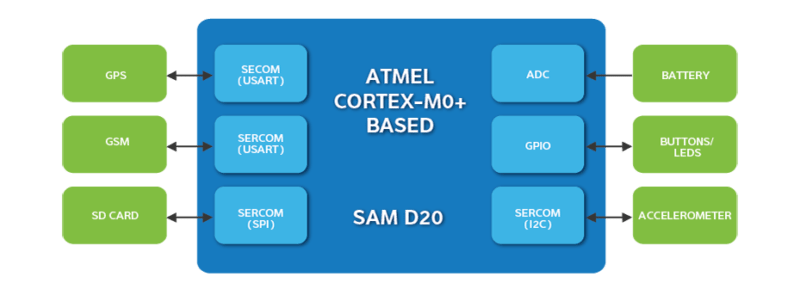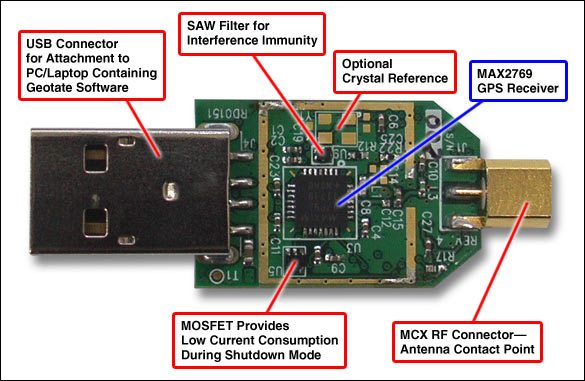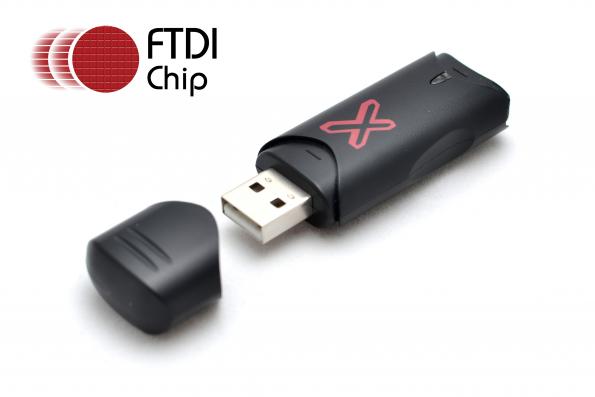How To Create A Tracking Device
GPS tracker allows you to never lose track of anything by working out exactly where it is. Its an ultimate gadget to prevent a vehicle from being stolen, monitoring the route of a delivery vehicle over its journey, or even to monitor high-valued assets in transit.
Modern trackers available on the market can work in different ways. While some passive tracking systems store data locally, for instance, on an SD card, others can send this information via modem to a centralized database regularly or at specific times upon request. Some even support large color map displays to visualize this data. GPS trackers have improved considerably in terms of size, power and other capabilities with methods to correct errors in measurement and advanced signal processing techniques.
If you are looking for latest techniques and tricks for reducing time, cost, and complexity in developing a real-time tracking device, here we have put together all downloadable reference designs from leading industry players in one spot. Each design is equipped with complete documentation including user guides, bill of material, application notes, and hardware and software design files. Let's get started!
GPS For People/Asset Tracking & Theft Prevention:
 Atmel has developed a versatile GPS tracker useful for real-time asset tracking for theft prevention, location tracking of people, package tracking for long-distance shipping, and historical logging of hiking, and other recreational activities. The design allows logging of current GPS location to an SD Card and also sends data remotely based on location requests and other commands issued over SMS. Important components of the design are low power, high sensitivity 3-axis accelerometer (BMA150) from Bosch Sensortec, low-cost single chip battery charger MAX1555 from Maxim and a SIM900 GSM module connected to the SAM D20 microcontroller. An on-board (power-only) USB charging port provides a convenient method of recharging the battery. More on this Reference Design
Atmel has developed a versatile GPS tracker useful for real-time asset tracking for theft prevention, location tracking of people, package tracking for long-distance shipping, and historical logging of hiking, and other recreational activities. The design allows logging of current GPS location to an SD Card and also sends data remotely based on location requests and other commands issued over SMS. Important components of the design are low power, high sensitivity 3-axis accelerometer (BMA150) from Bosch Sensortec, low-cost single chip battery charger MAX1555 from Maxim and a SIM900 GSM module connected to the SAM D20 microcontroller. An on-board (power-only) USB charging port provides a convenient method of recharging the battery. More on this Reference Design
Smart Real-time Vehicle Tracking System:

Here is a GPS Tracker reference design from ST which implements a smart vehicle tracking system based on GPS/GSM/GPRS. A vehicle unit gathers GPS information such as location coordinates, time, date, speed, in-journey distance travelled and satellites fixed, and sends the data over GPRS to a remote web server application where it can be viewed on a map. The same data is also shown on a local LCD display. Additionally, the design uses several MEMS sensors including a 3-axis accelerometer and gyroscope for theft detection and sensing car lift. For the vehicle unit, the design utilizes a STM32 MCU, a Telit GPS (SL869) module and SAGEM GSM/GPRS module. More on this Reference Design
Low-cost USB Tracker For Laptops/PCs:

Here is a GPS USB solution from Maxim Integrated which provides high-precision position information with quick acquisition times. Together with the GeotateSM GPS software installed in a PC or laptop, it forms a complete low-cost high-sensitivity GPS solution. The design utilizes the MAX2769, a global navigation satellite system (GNSS) receiver covering GPS, GLONASS, and Galileo navigation satellite systems on a single chip. A USB microprocessor provides a full USB interface with a PC or laptop. More on this Reference Design
GPS Dongle to Enable Location Services in Windows:

Using this design from FTDI, designers can create a GPS USB dongle to work with any PC with Windows Operating System and USB ports. The PC thus becomes a powerful GPS device that can support navigation and location-based services. The design leverages the FT230X USB to UART converter to interface a GPS module with the USB port of the PC for reading standard positioning data (NMEA0183 v3.01). An optimized pin count of the chip is ideal for smaller PCB designs and space-constrained applications like GPS dongle. More on this Reference Design
Multi-functional GPS Tracker:
Here is a high performance, small size, and low BOM cost GPS receiver for a wide range of GPS applications such as mobile handsets, PDA's, embedded PCs, and automotive applications. The design is built around a Maxim's low cost MAX2769 universal GPS receiver covering GPS, GLONASS, and Galileo satellite navigation systems on a single chip. Further, it requires only a few external components to form a complete low-cost GPS receiver solution. More on this Reference Design
GPS Tracker With 5 Meters Accuracy:
This reference design from NXP is a small, low cost, low power GPS receiver solution which attains a position accuracy within 5 meters using Differential GPS (DGPS). The board runs from a 3 V supply allowing very low power operation. Minimum external components and small board size lead to a cost optimized design. The design forms a 8-Channel continuous tracking GPS receiver using EXACT chipset, which is a Philips GPS receiver chip-set. Details of the hardware and layout are included to greatly reduce development time. More on this Reference Design
More reference designs available here.
This article was first published on 29 May 2017 and was recently updated on 19 December 2018.
How To Create A Tracking Device
Source: https://www.electronicsforu.com/electronics-projects/build-gps-tracker
Posted by: westfalltherwer.blogspot.com

0 Response to "How To Create A Tracking Device"
Post a Comment